In a medical first, the children were treated with genetically engineered T-cells from another person.
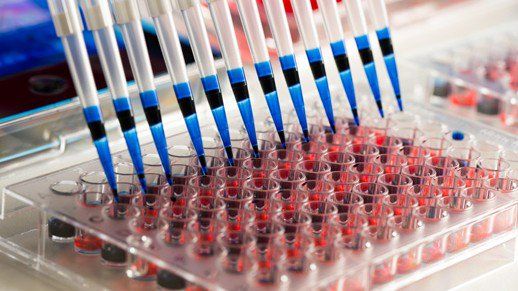

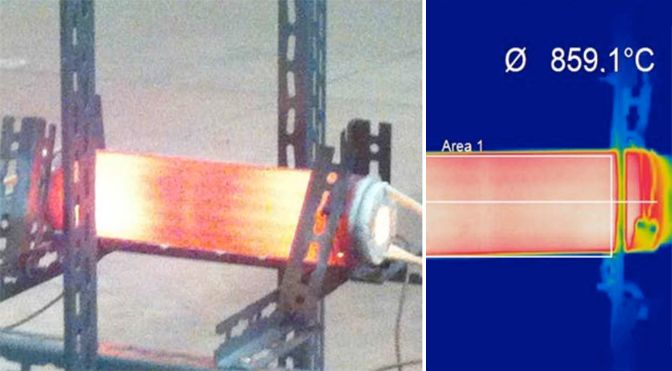
Against all probability, a device that purports to use cold fusion to generate vast amounts of power has been verified by a panel of independent scientists. The research paper, which hasn’t yet undergone peer review, seems to confirm both the existence of cold fusion, and its potency: The cold fusion device being tested has roughly 10,000 times the energy density and 1,000 times the power density of gasoline. Even allowing for a massively conservative margin of error, the scientists say that the cold fusion device they tested is 10 times more powerful than gasoline — which is currently the best fuel readily available to mankind.
The device being tested, which is called the Energy Catalyzer (E-Cat for short), was created by Andrea Rossi has been claiming for the past two years that he had finally cracked cold fusion, but much to the chagrin of the scientific community he hasn’t allowed anyone to independently analyze the device — until now. While it sounds like the scientists had a fairly free rein while testing the E-Cat, we should stress that they still don’t know exactly what’s going on inside the sealed steel cylinder reactor. Still, the seven scientists, all from good European universities, obviously felt confident enough with their findings to publish the research paper.
As for what’s happening inside the cold fusion reactor, Andrea Rossi and his colleague Sergio Focardi have previously said their device works by infusing hydrogen into nickel, transmuting the nickel into copper and releasing a large amount of heat. While Rossi hasn’t provided much in the way of details — he’s a very secretive man, it seems — we can infer some knowledge from NASA’s own research into cold fusion. Basically, hydrogen ions (single protons) are sucked into a nickel lattice (pictured right); the nickel’s electrons are forced into the hydrogen to produce neutrons; the nickel nuclei absorb these neutrons; the neutrons are stripped of their electrons to become protons; and thus the nickel goes up in atomic number from 28 to 29, becoming copper.
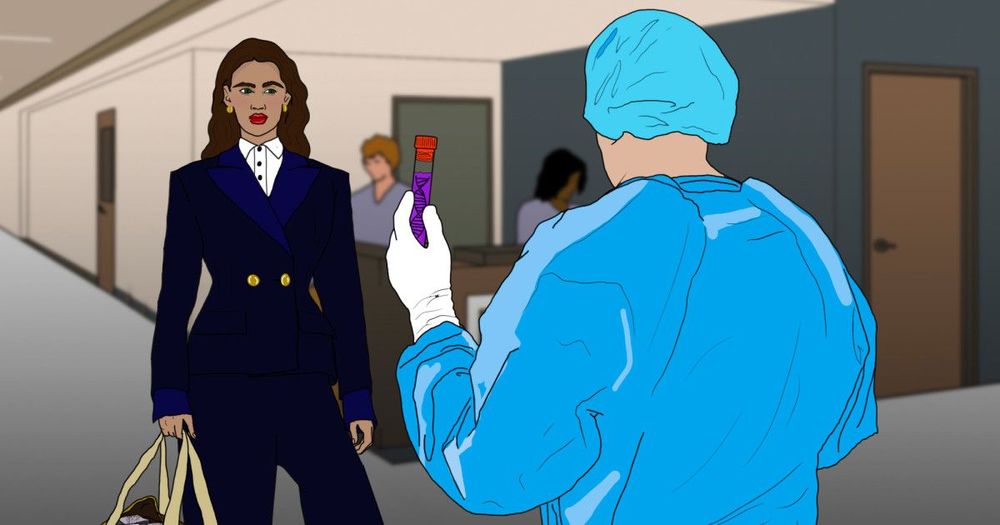

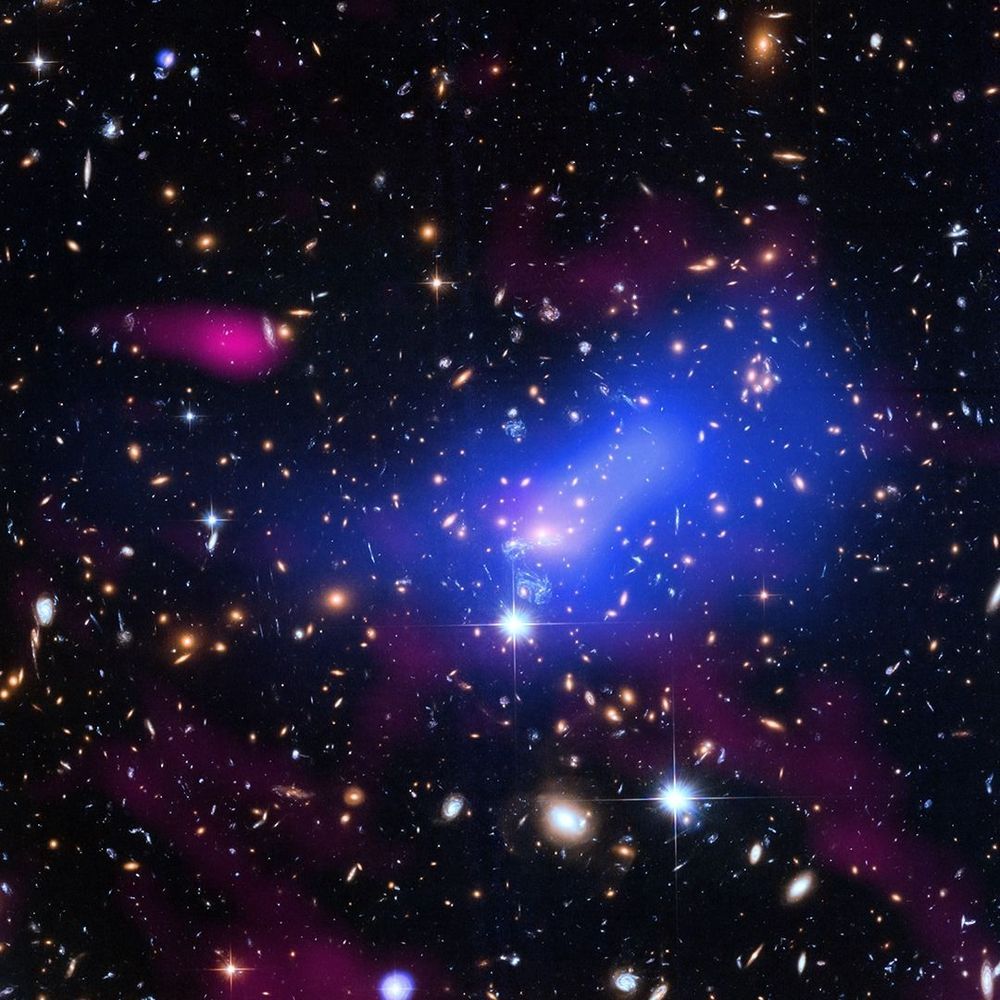

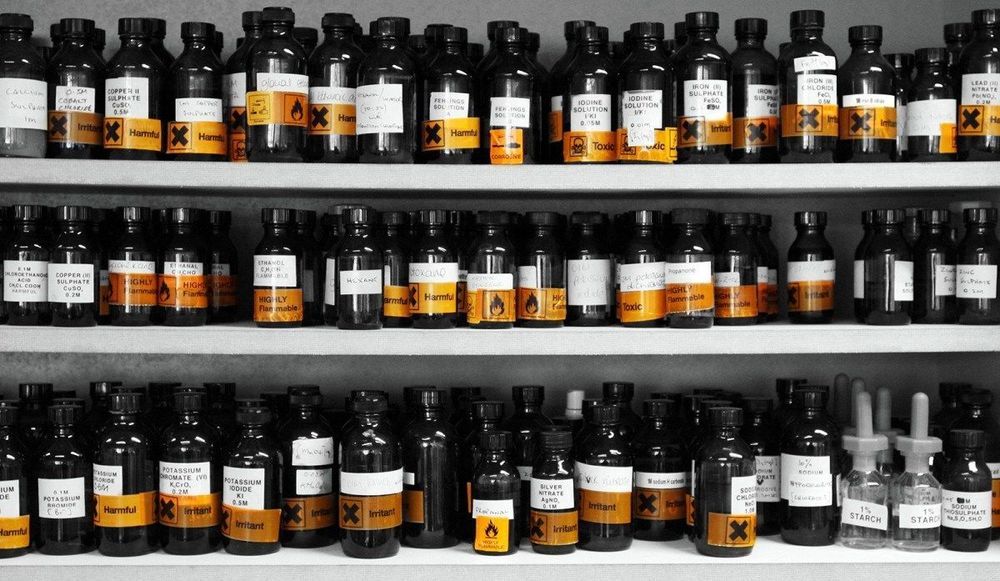
This year, the European Union heavily restricted four types of phthalates in consumer products because of their possible health effects. Phthalates are plasticisers, ubiquitous chemicals that soften plastics in many consumer products. They are present in food wrappings, clothes, packaging, car parts, cosmetics and fragrances.
Over time, these plasticisers end up in the air, soil, water, food and household dust. They can also end up in our bodies. This is worrying because they are implicated in reproductive abnormalities in mammals. Studies of people have linked plasticisers to sperm damage, lower fertility, early puberty in girls and thyroid effects. The phthalates will be now legally be restricted to 0.1% in weight in articles used by consumers or in outdoor areas.
But scientists are increasingly concerned not just about single chemicals, which are found in people’s bodies at levels that are usually not toxic, but about what happens to toxicity when these chemicals mix.
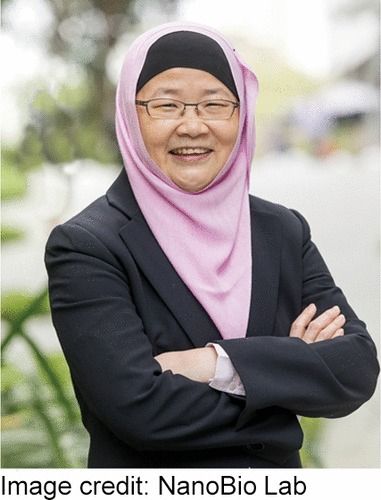

Honey is a culinary staple that can be found in kitchens around the world. Its long shelf life and medicinal properties make it a unique, multipurpose natural product. Although it seems that a lot is known about the sweet substance, surprisingly little is known about its proteins. Check out research in the Journal of Natural Products with new data on honey proteins that could lead to new medicinal applications:
American chemical society: chemistry for life.
Introducing JCED’s Latin America Special Issue. It comprises more than 30 articles from authors located in Argentina, Brazil, Chile, Colombia, Mexico, and Puerto Rico, and recognizes the vibrant and growing community of high quality thermodynamics researchers in the region. Read this Special Issue Today!